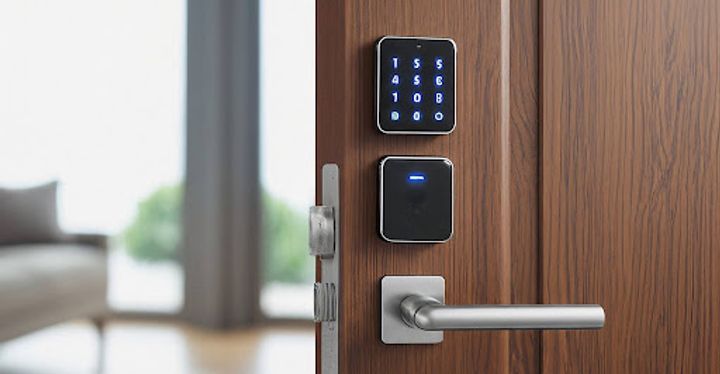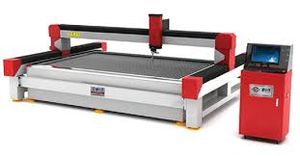Cheiles Entry Solutions not only change physical access control, but also made it possible for small business owners to handle protection more efficiently, often from distant places. Whether single store or management of many business sites, these systems help reduce the risk of unauthorized access by improving day by day.

Why Keyless Entry Matters for Small Businesses
Safety is a top concern for owners of small businesses, especially in areas such as retail, health care, co -competition or hospitality. Traditional keys offer many challenges- waist keys, unauthorized repetition and the cost of lock
Keyless entry systems address these concerns by:
-
Providing better control over who enters the premises
-
Allowing quick access updates when employees join or leave
-
Enabling time-based access for employees or suppliers
-
Handling access with digital precision, reducing risk and improving accountability
Recent Trends and Technology Updates (2024–2025)
-
Integration and control
-
Cloud-based platforms allow remote access control, real-time monitoring, and centralized management.
-
Mobile credentials replace key cards, enhancing hygiene, convenience, and reducing card issuance costs.
-
-
Biometric authentication
-
Fingerprint and facial recognition have become more accurate and affordable.
-
Audit trails allow owners to review logs for safety and compliance.
-
Tracking features assist with emergency preparedness and regulatory reporting.
-
Regulatory Considerations and Policy Insights
-
Data security: Biometric data collection must comply with privacy laws (e.g., Digital Personal Data Protection Act, 2023 in India, GDPR in the EU).
-
Labor law: Time-based access supports compliance with working hours and security protocols.
-
Fire and building codes: Electronic access systems may require manual override or emergency intervention.
Tools and Resources for Implementing Keyless Entry
-
Access control systems
-
Salto KS – Cloud-based smart lock solution, ideal for small to medium businesses
-
Kisi – Mobile access with real-time logs for offices and coworking spaces
-
Yale Smart Lock – App-controlled access for retail and hospitality
-
-
Integration platforms
-
BRIVO – Combines video surveillance and access control
-
OpenPath – Touchless smartphone access compatible with existing hardware
-
-
Mobile and cloud management
-
Google Calendar-based access management
-
Microsoft 365 integration for employee scheduling and access
-
Checklist for Security Compliance
-
National Crime Prevention Council (NCPC) – General security guidance
-
BIS/IS standards in India – Ensure locks comply with IS 16357 standard for smart locking devices
These tools and integrations help small businesses streamline installation, remotely manage access, and scale security infrastructure effectively.
Frequently Asked Questions
What is a key entrance system?
A key -free listing system is a security solution that allows individuals to reach the building or location using digital identification such as key works, mobile apps or biometrics instead of physical keys.
How do keyless systems improve security?
They increase protection by allowing owners to provide or canceled in real time, who come in and maintain digital loggers, preventing unauthorized large repetitions.
Can a key system be used with existing locks?
Yes, many systems are designed to retrofit existing locking machine. However, compatibility depends on specific locking and system types.
Is it the biometric input system safe for the privacy of staff?
If data security measures (eg encryption and consent -based collection) are used properly, biometric access systems can be safe and in accordance with rules.
What happens if the internet goes down?
Most modern Checlace systems include offline access features or local storage for identification. However, complete remote functionality may be limited during power failure.
Conclusion
No important entrance systems offer small businesses a reliable, modern approach to secure their premises. With benefits such as real -time access control, better safety features, integration with existing infrastructure and remote control options, these systems are well suited for the developed needs of today's entrepreneurs. As the technology goes on and the data privacy structures become more defined, the key entry is likely to be a standard security component for small and medium -sized businesses.
By making an informed decision based on the size of the business, regulatory requirements and integration ability, the owner of the small business can use a solution that provides convenience, control and security.







